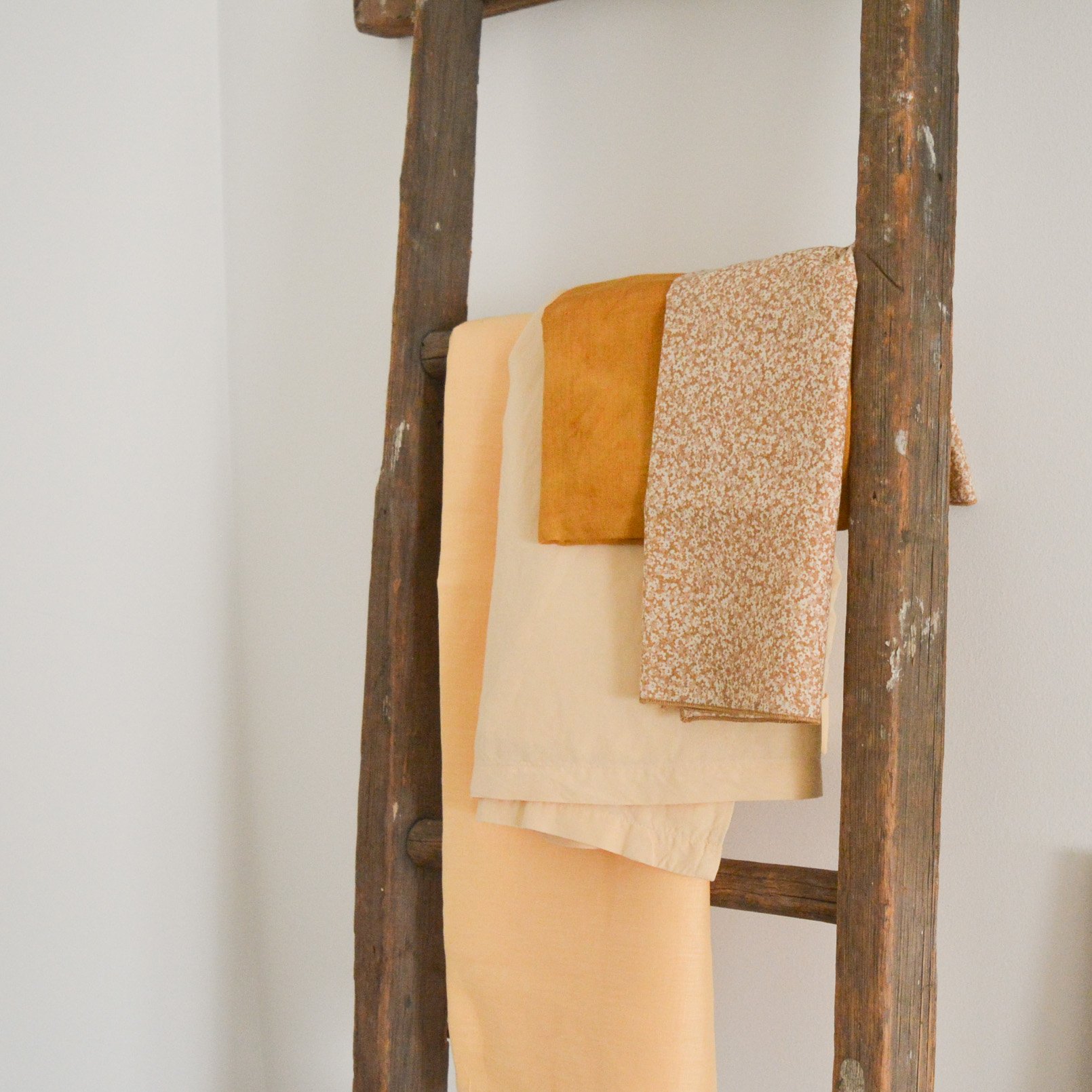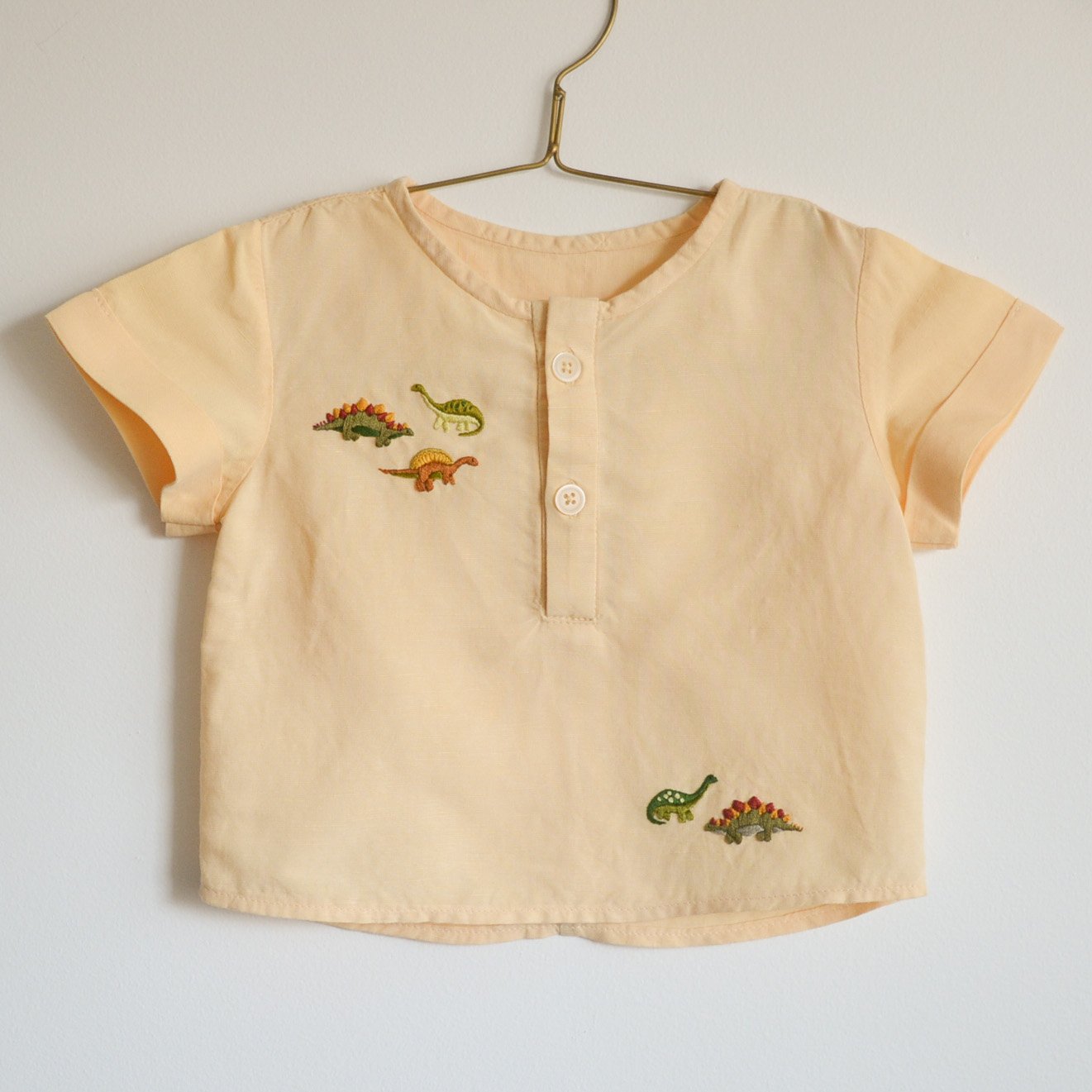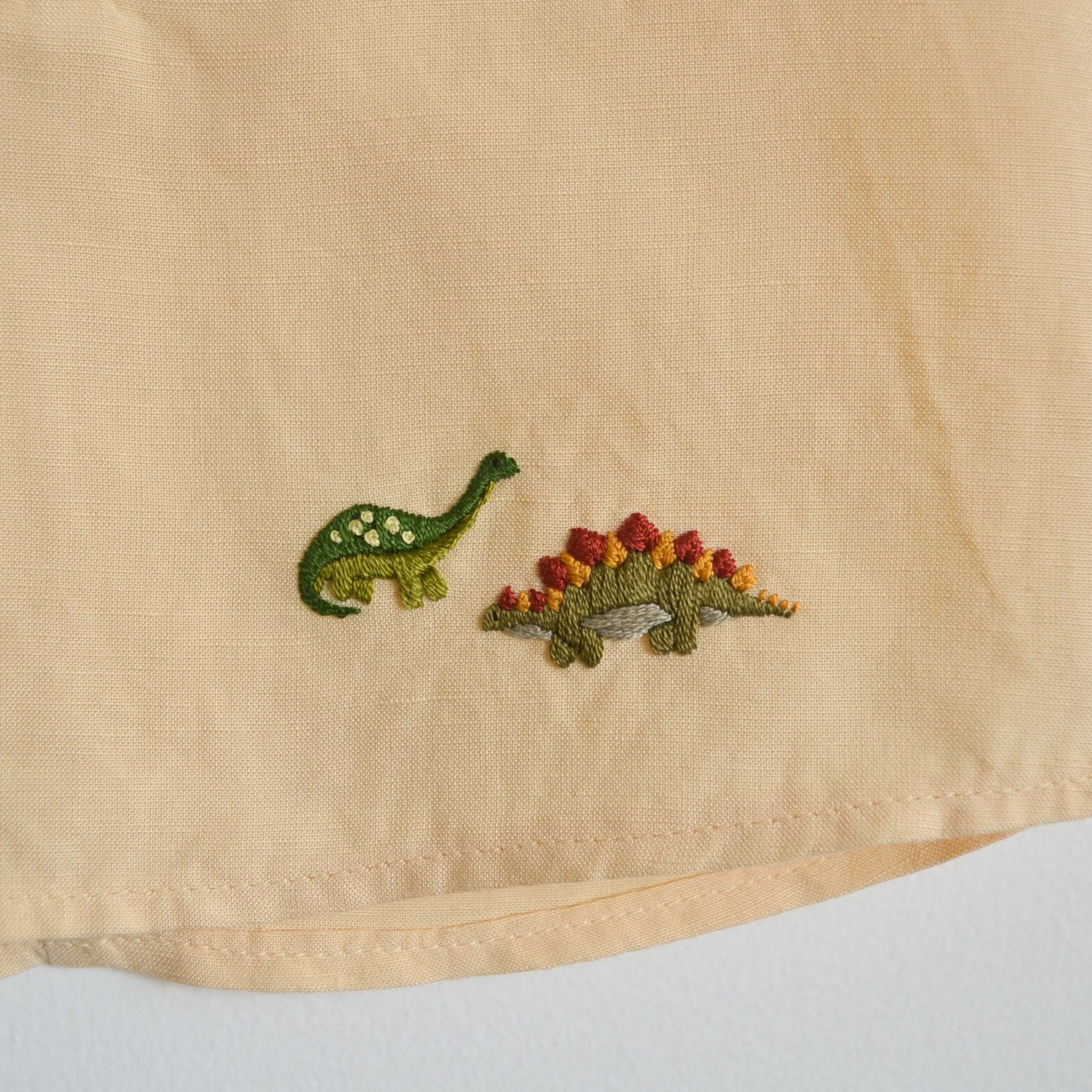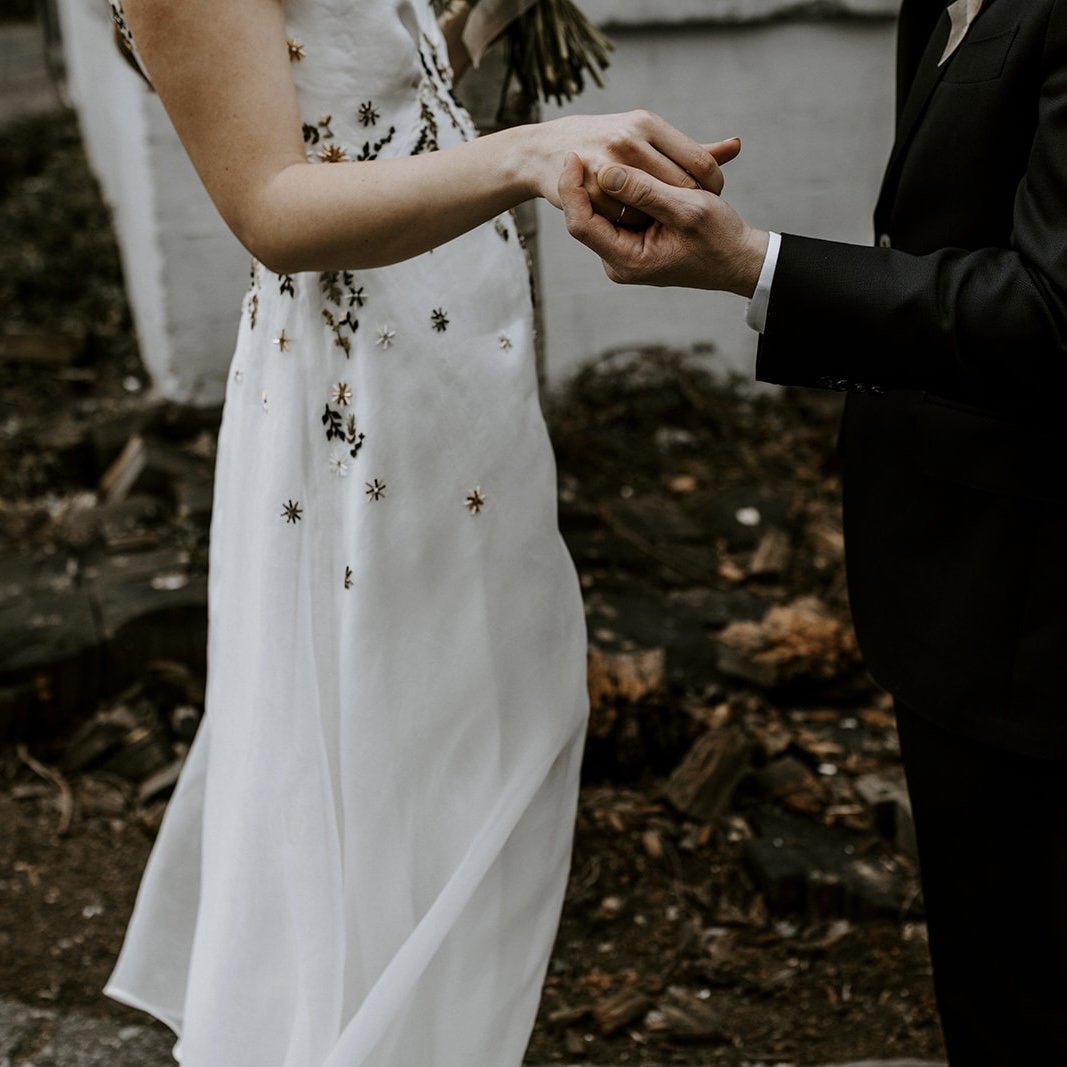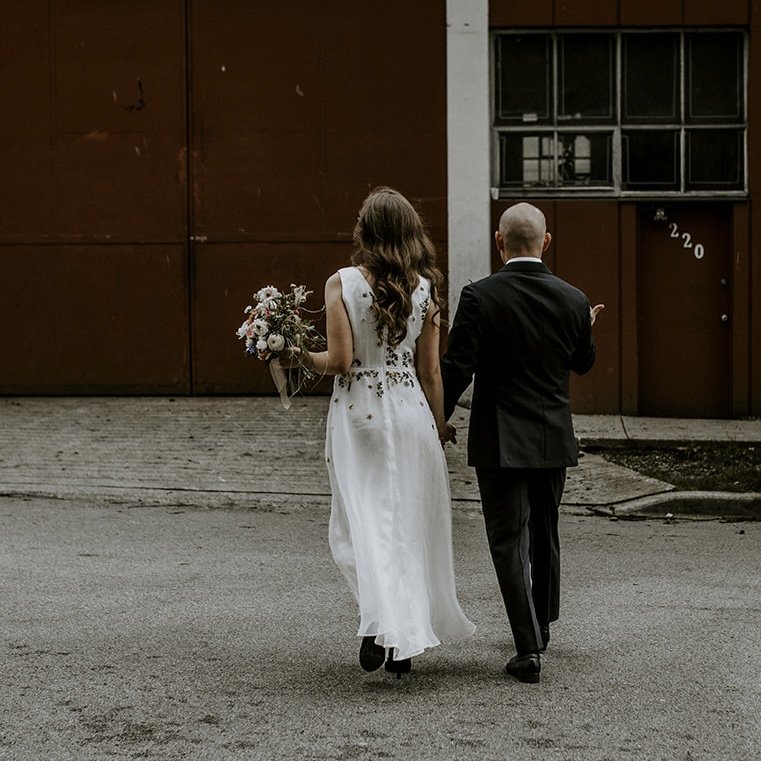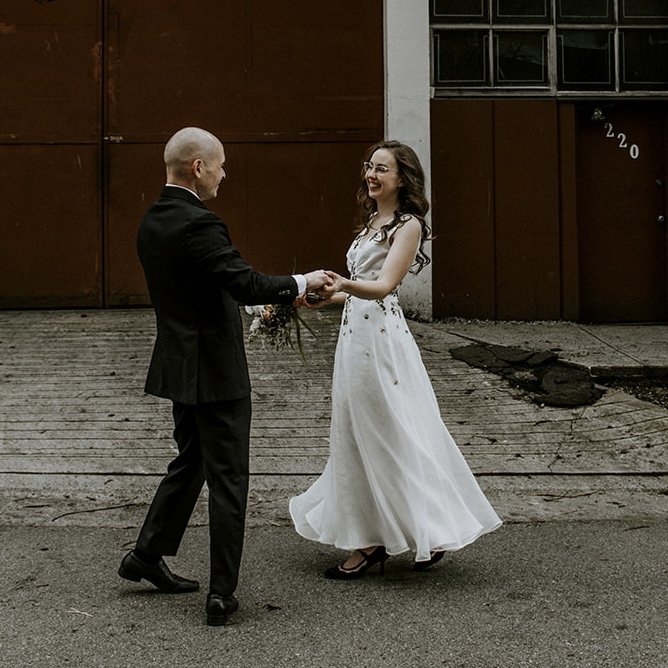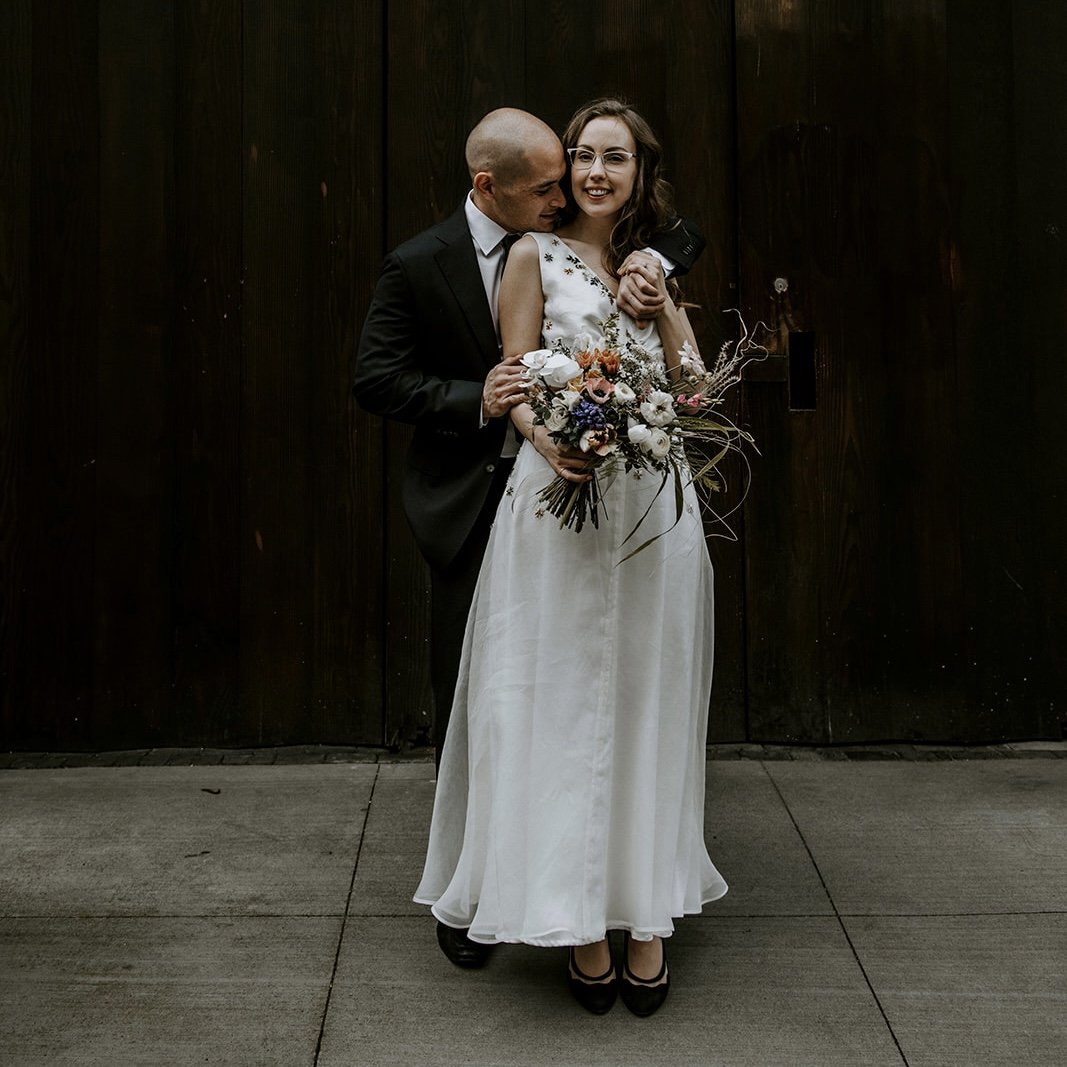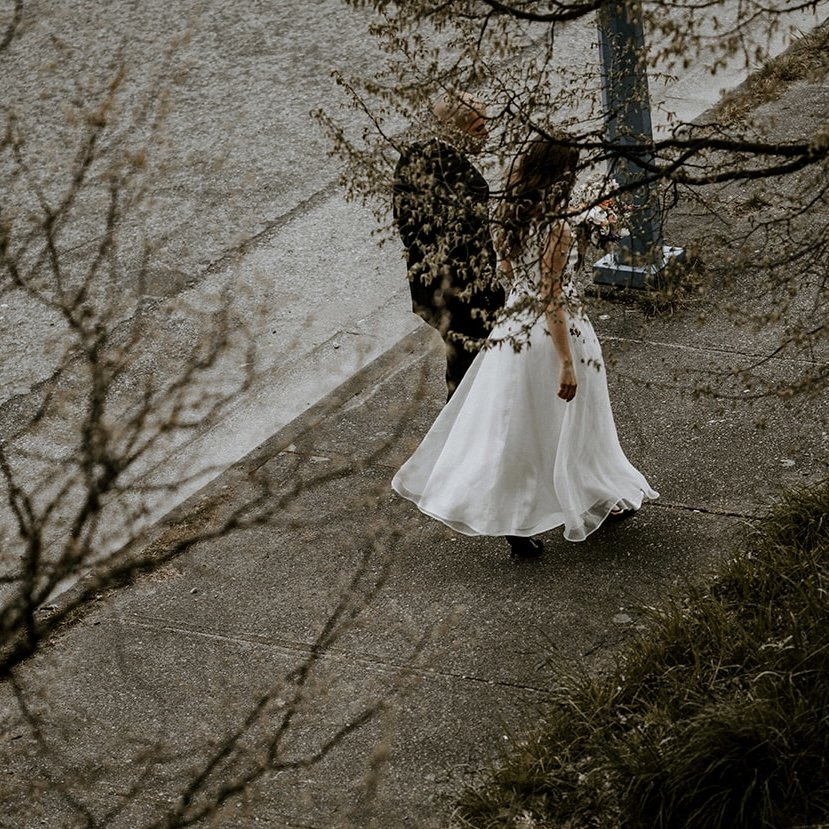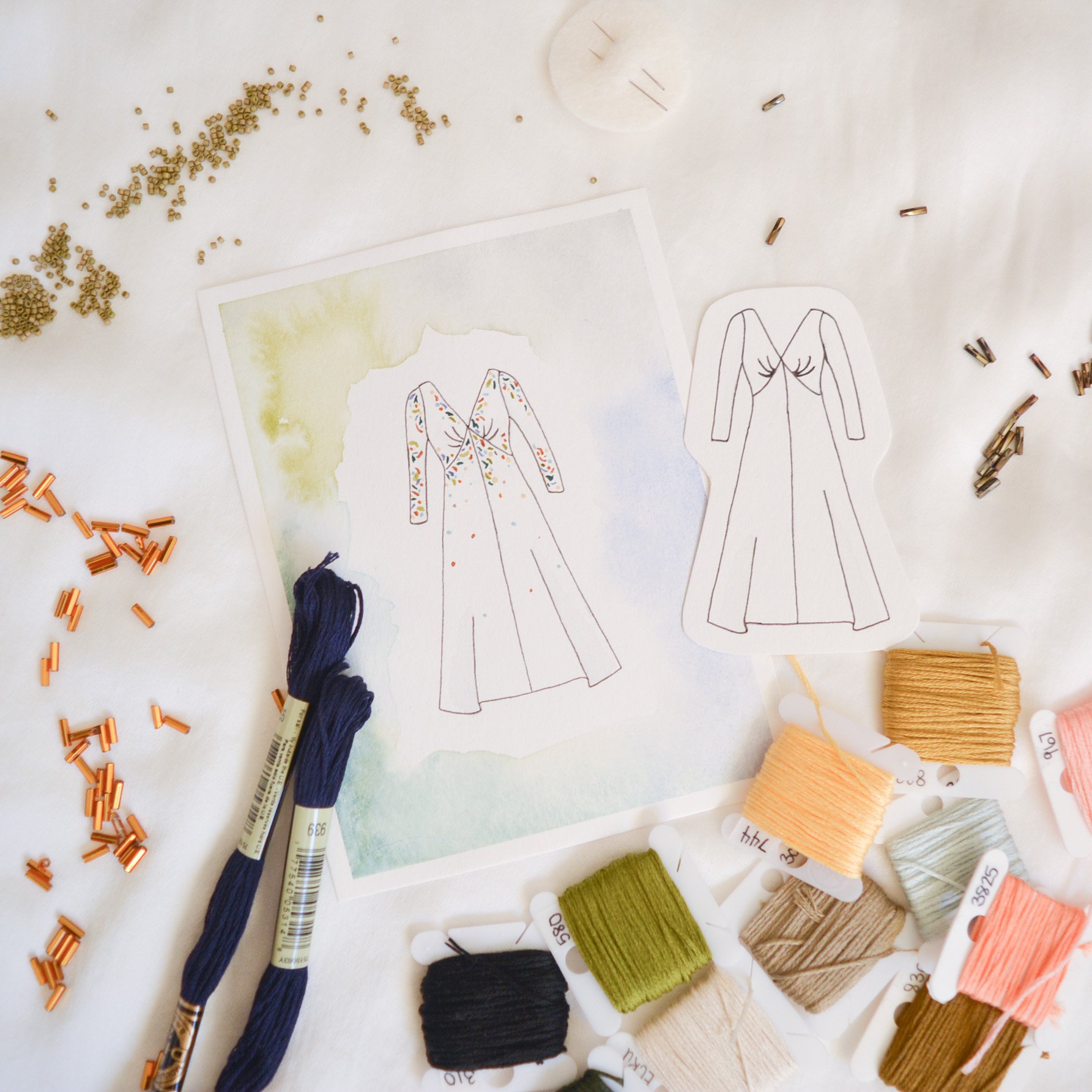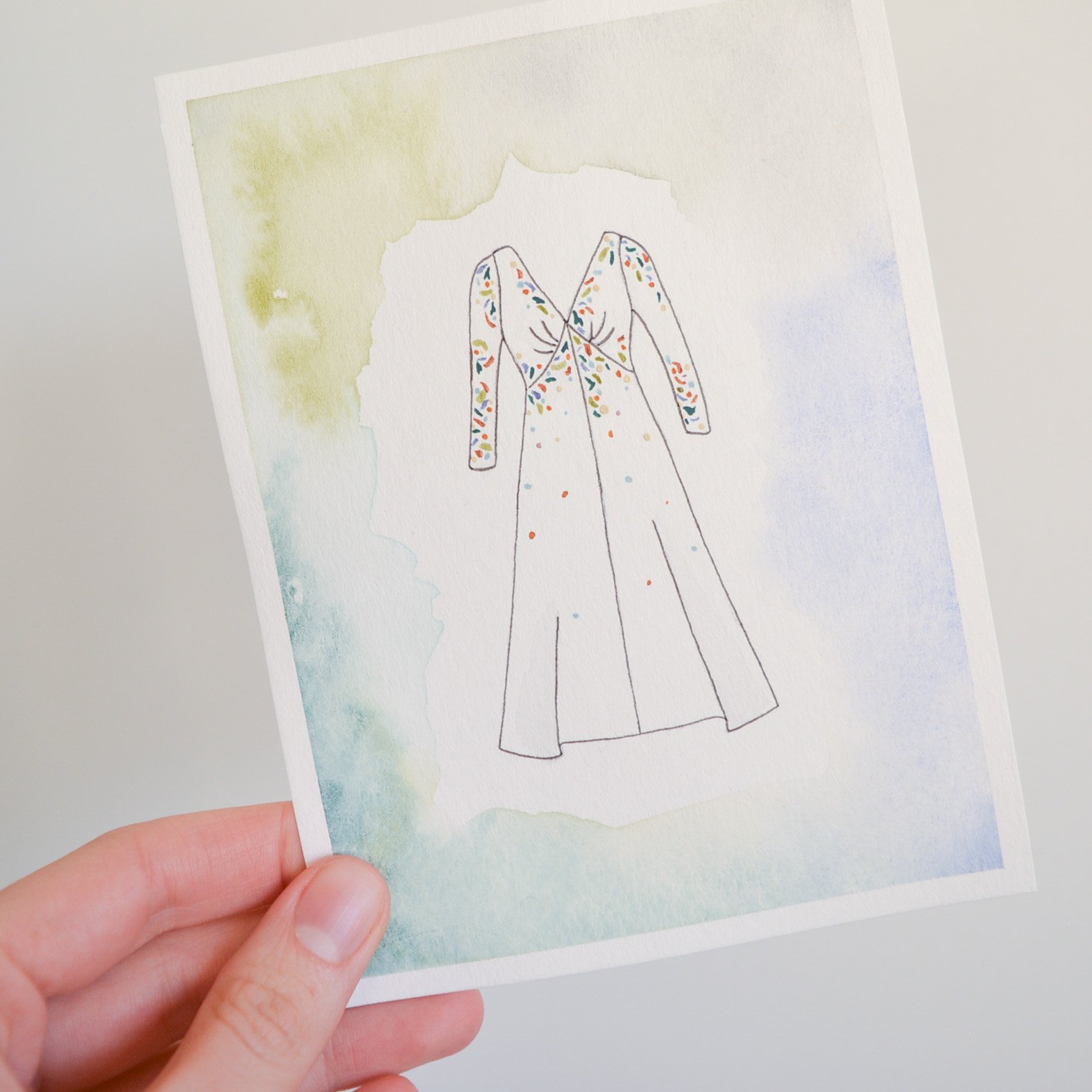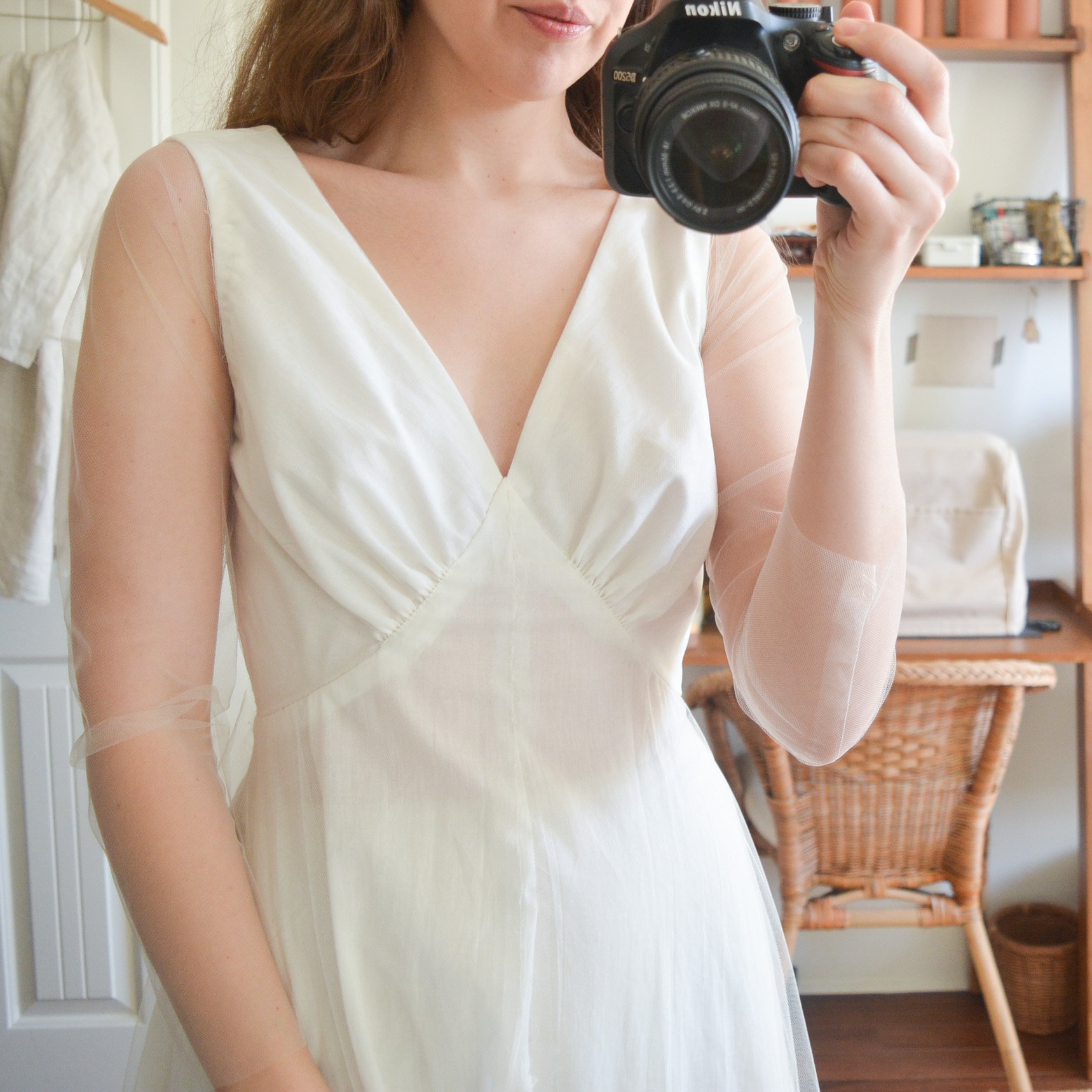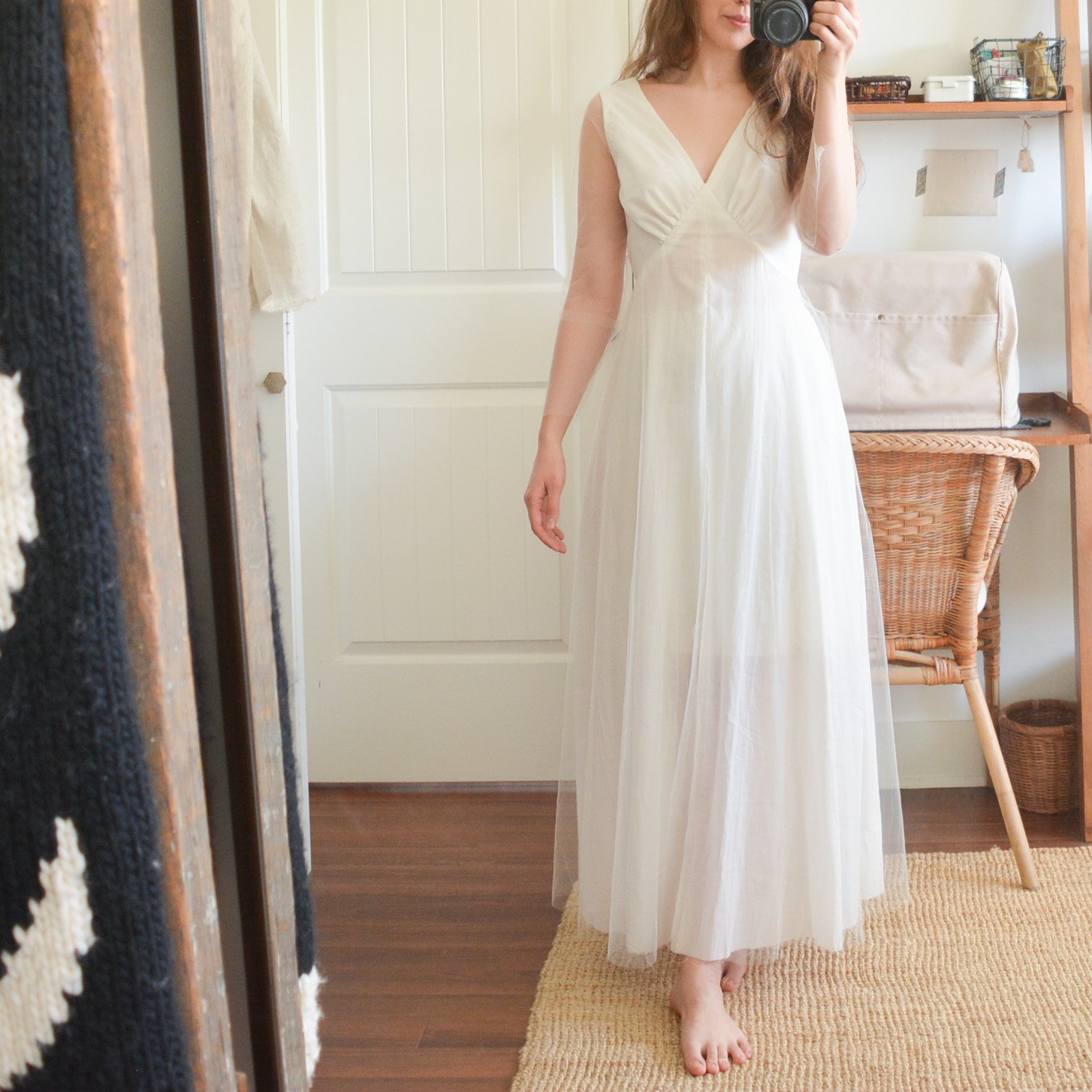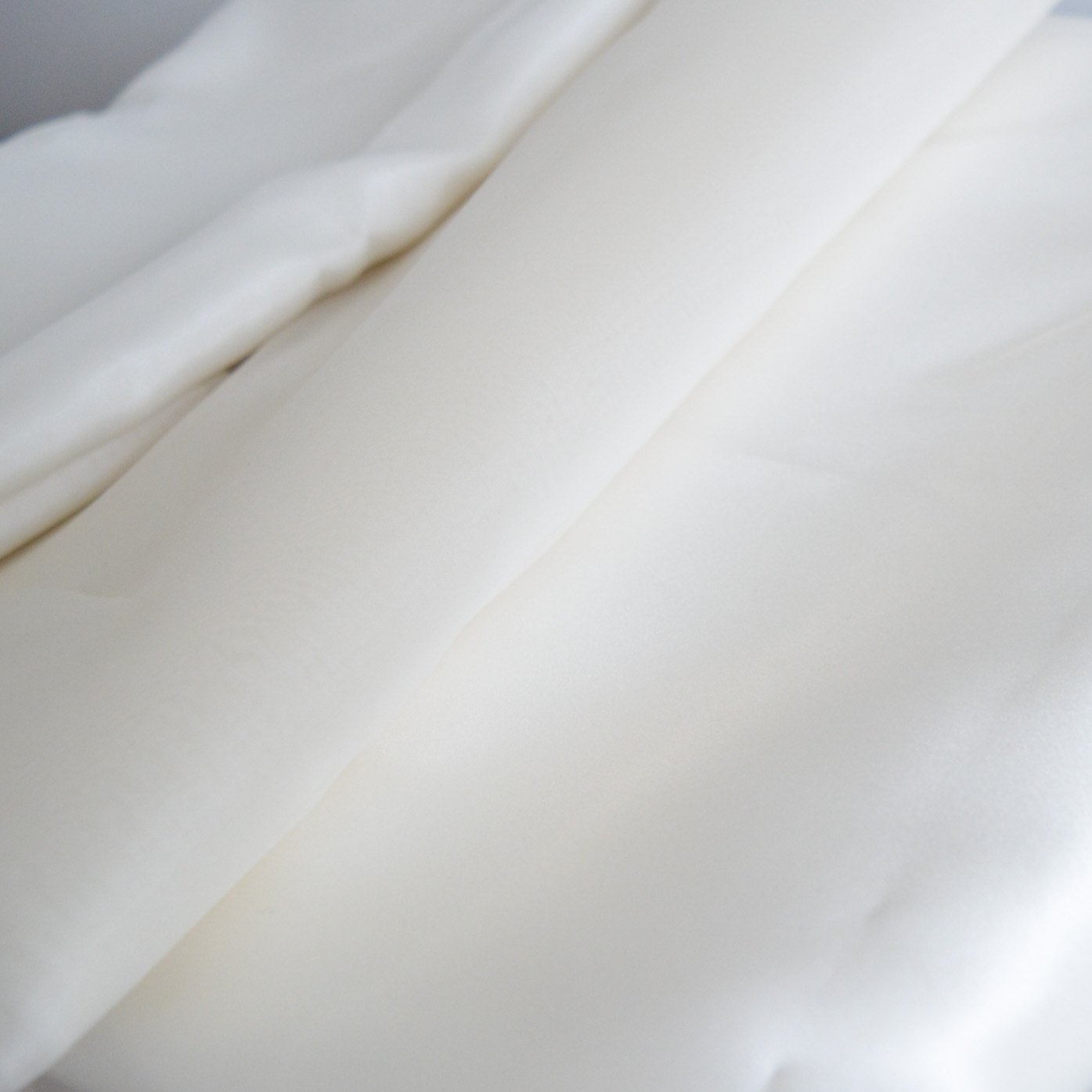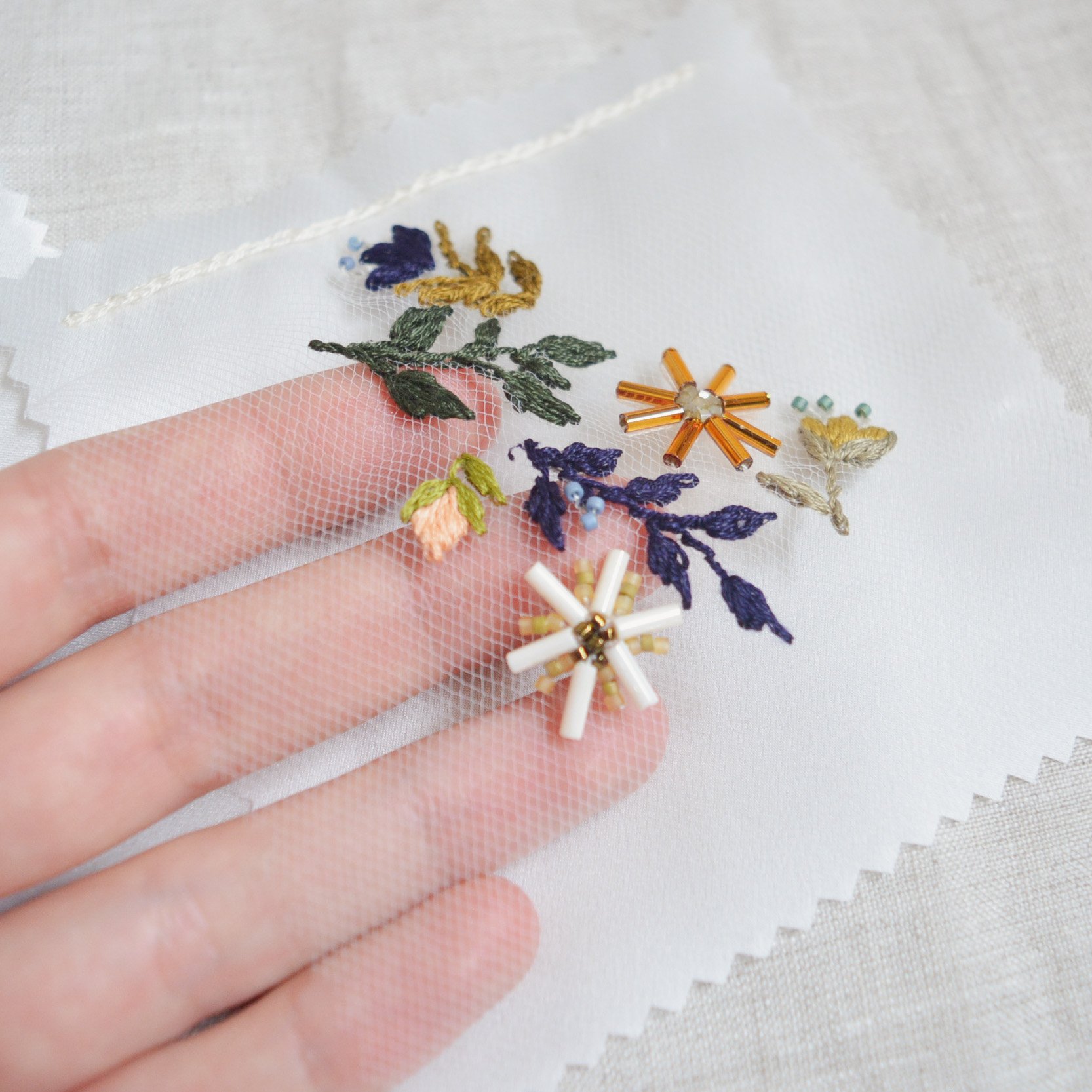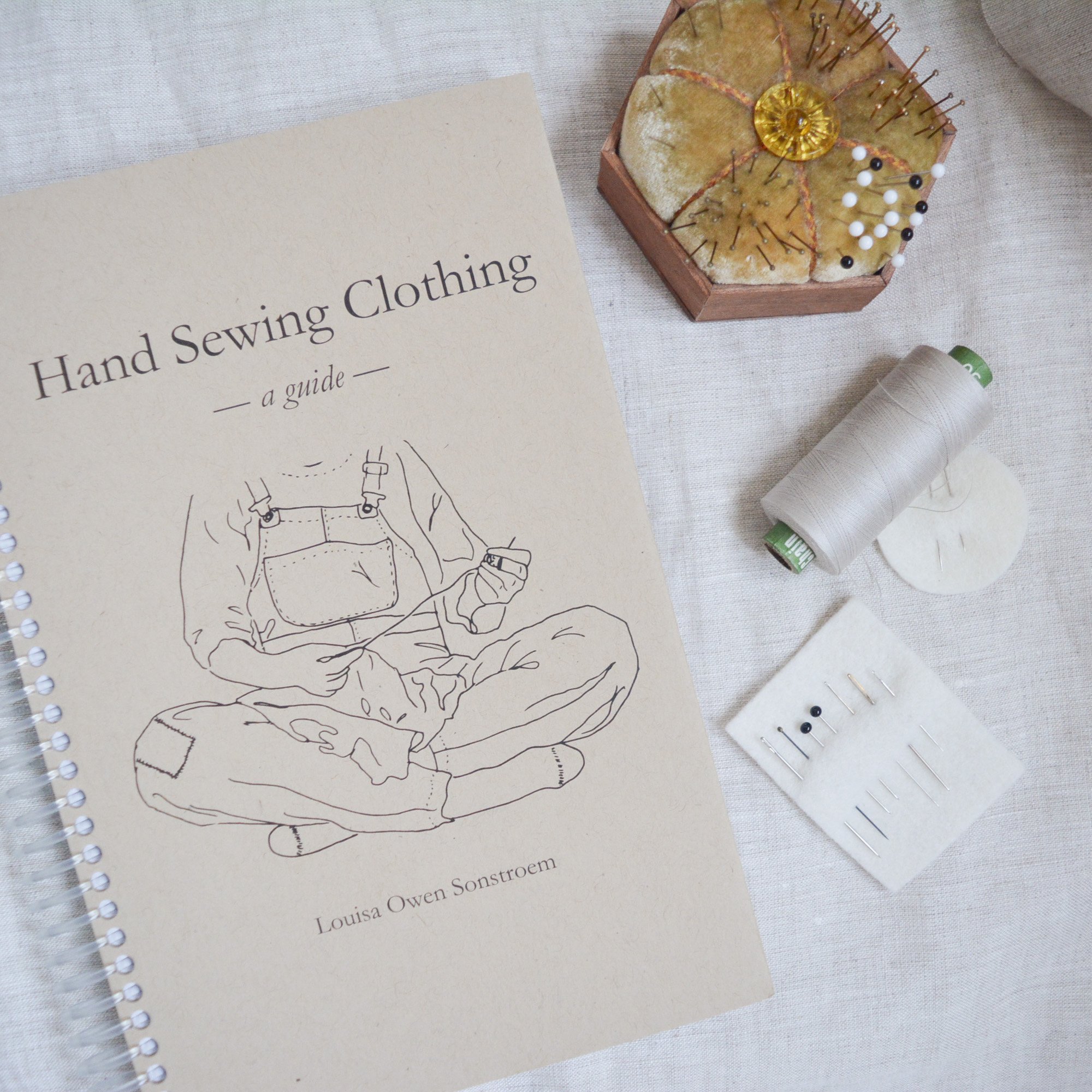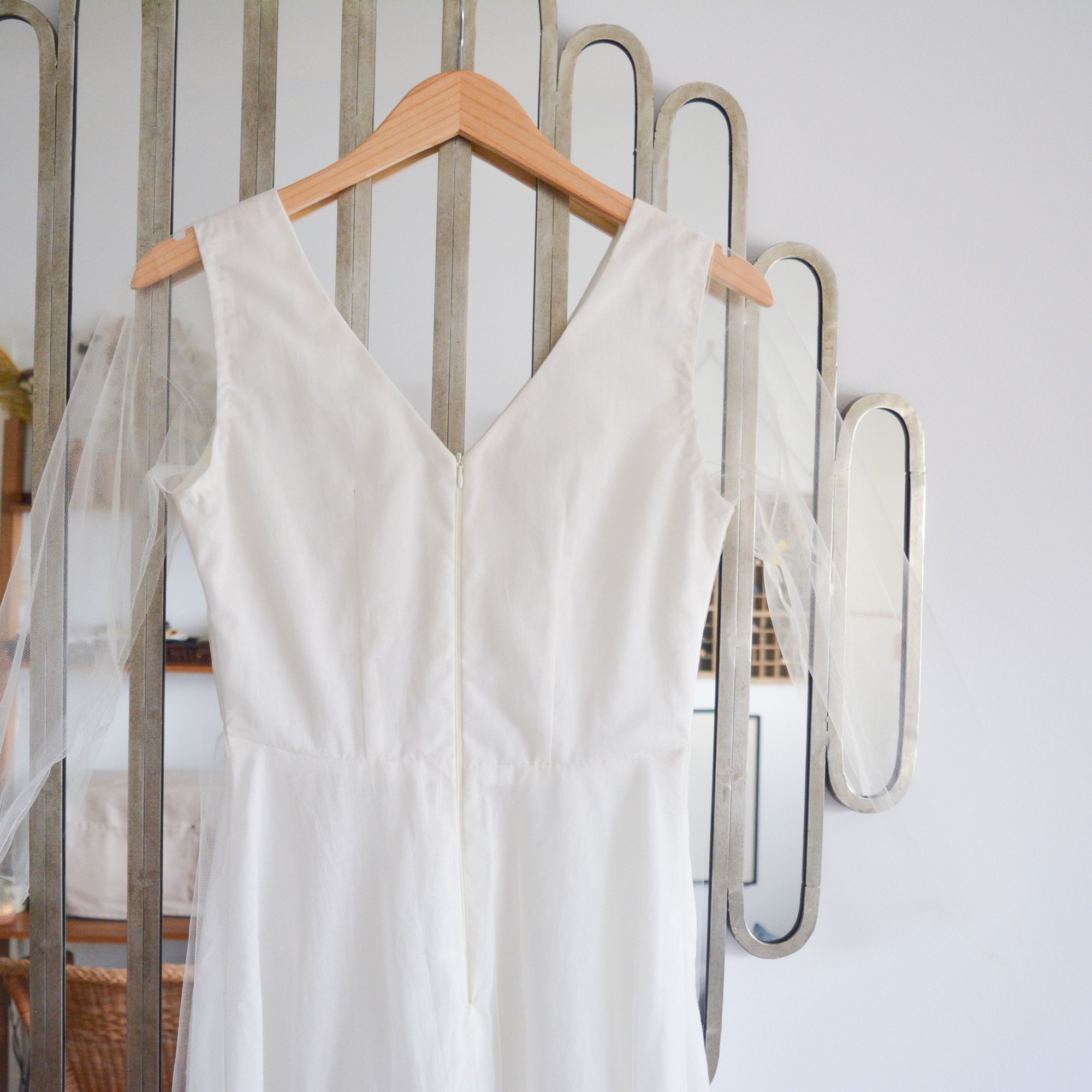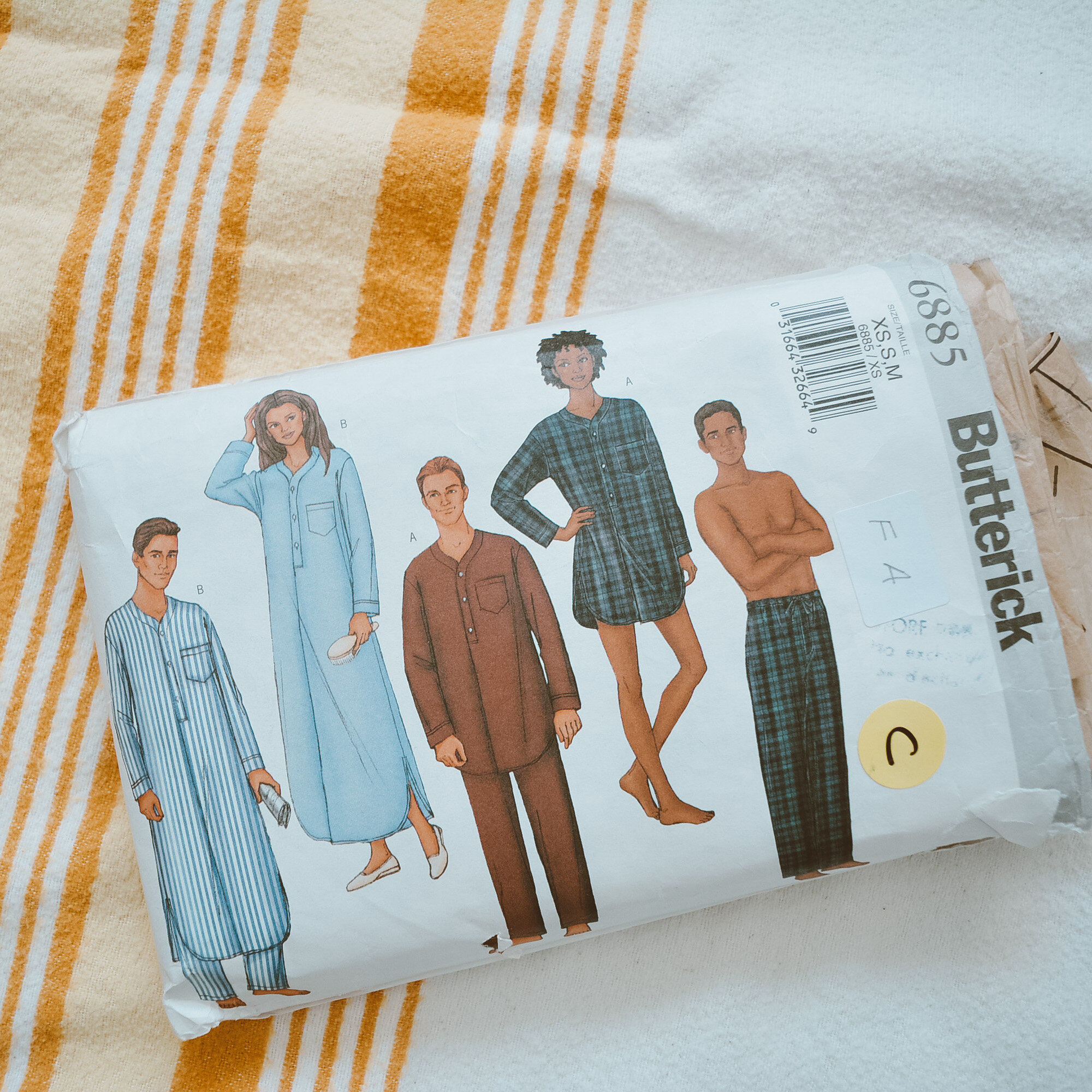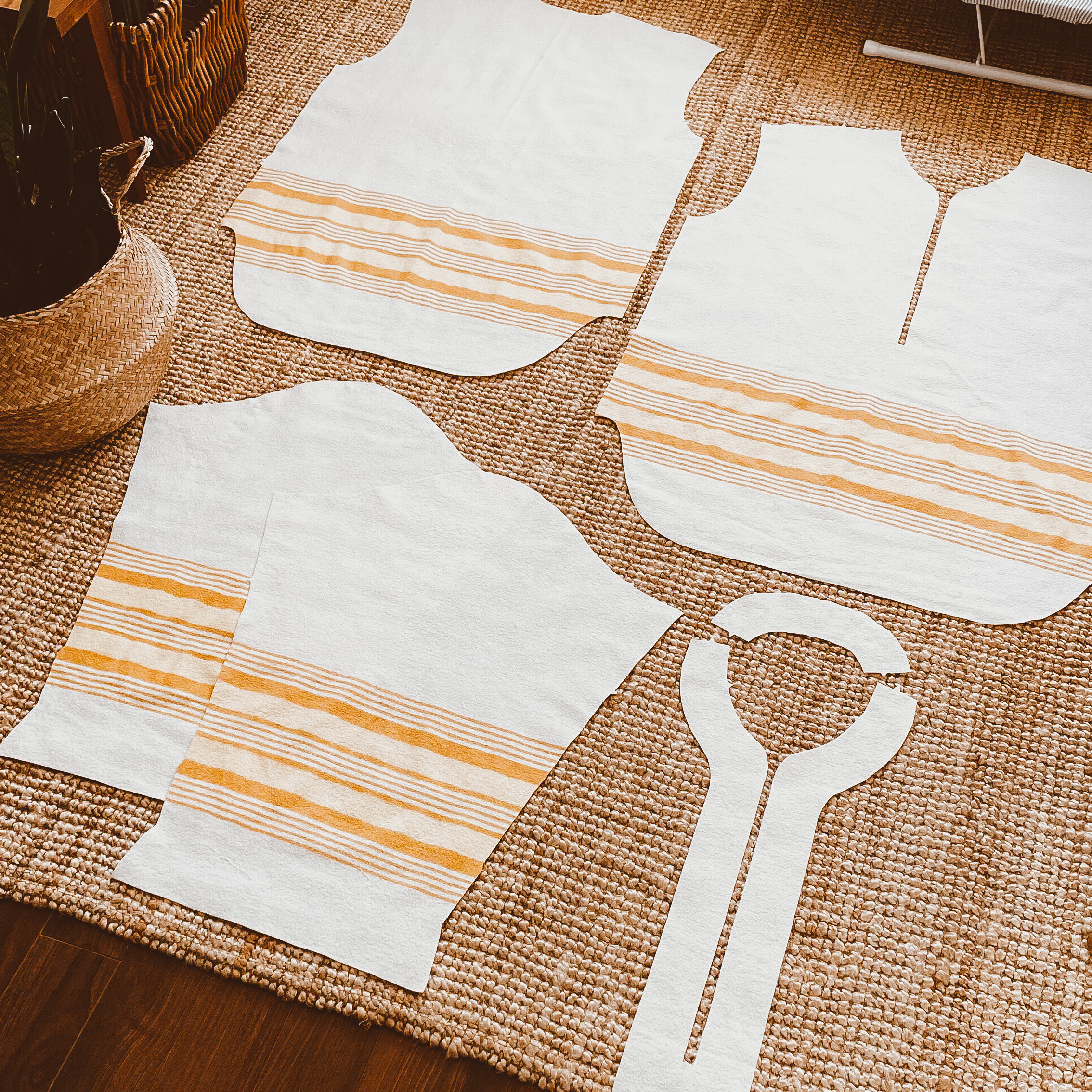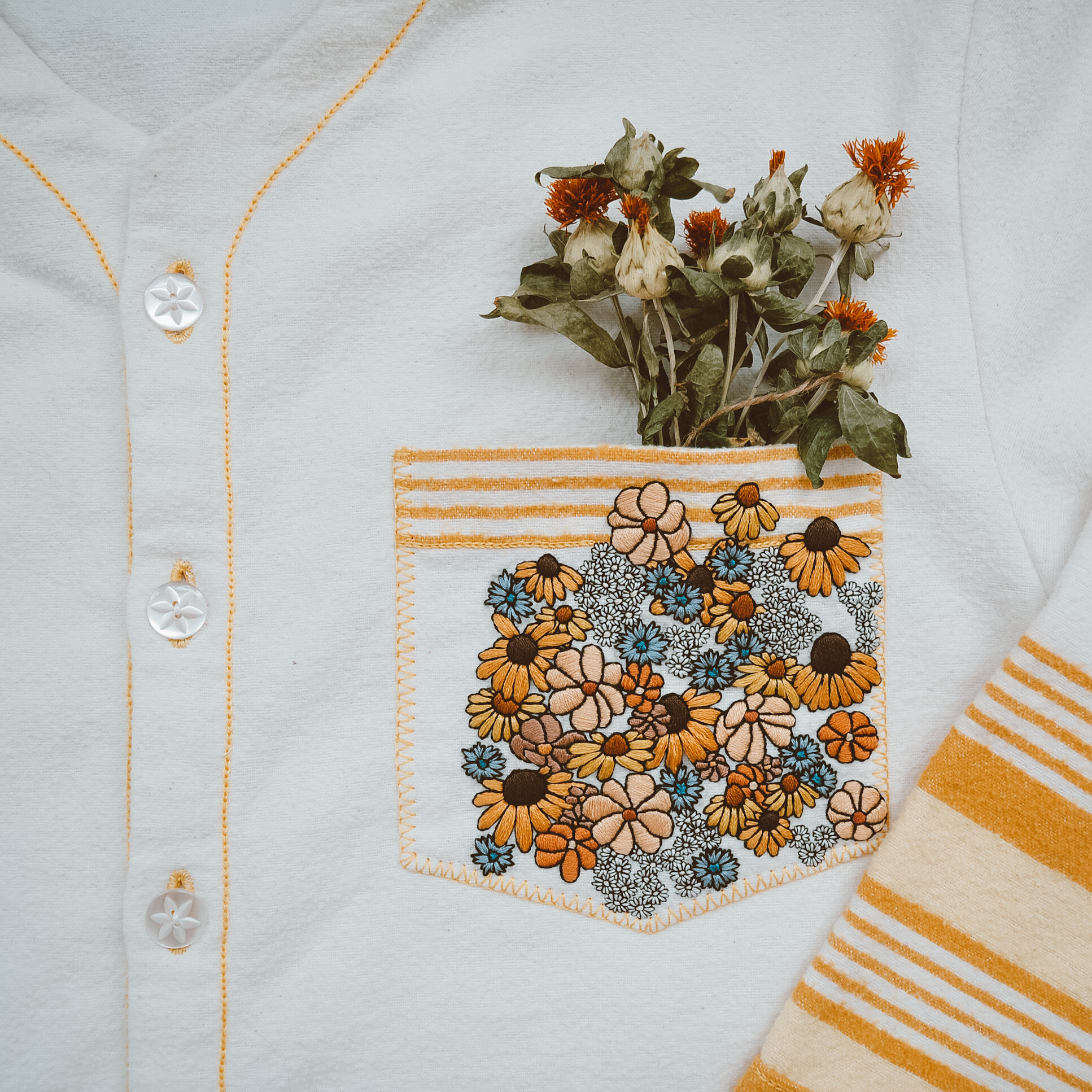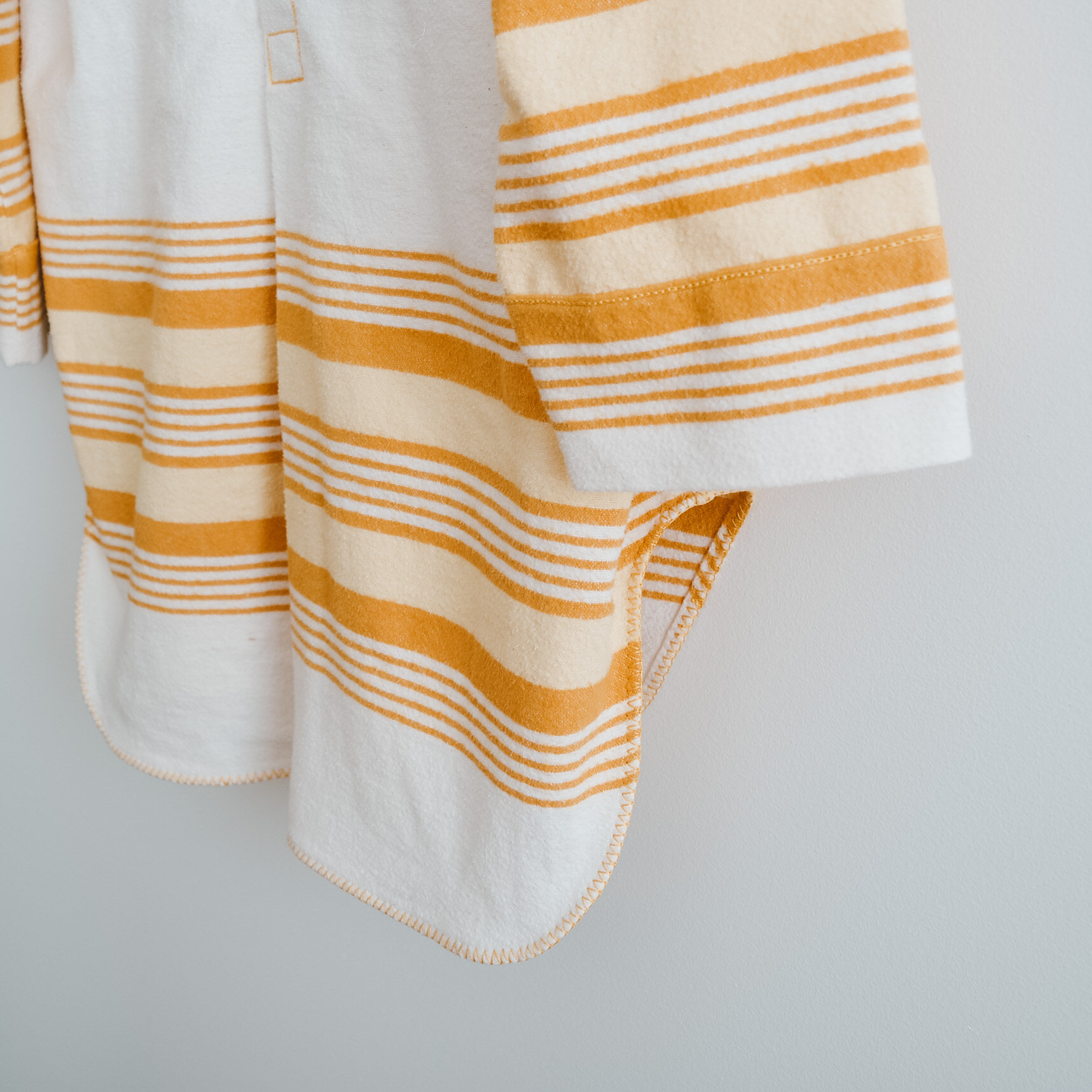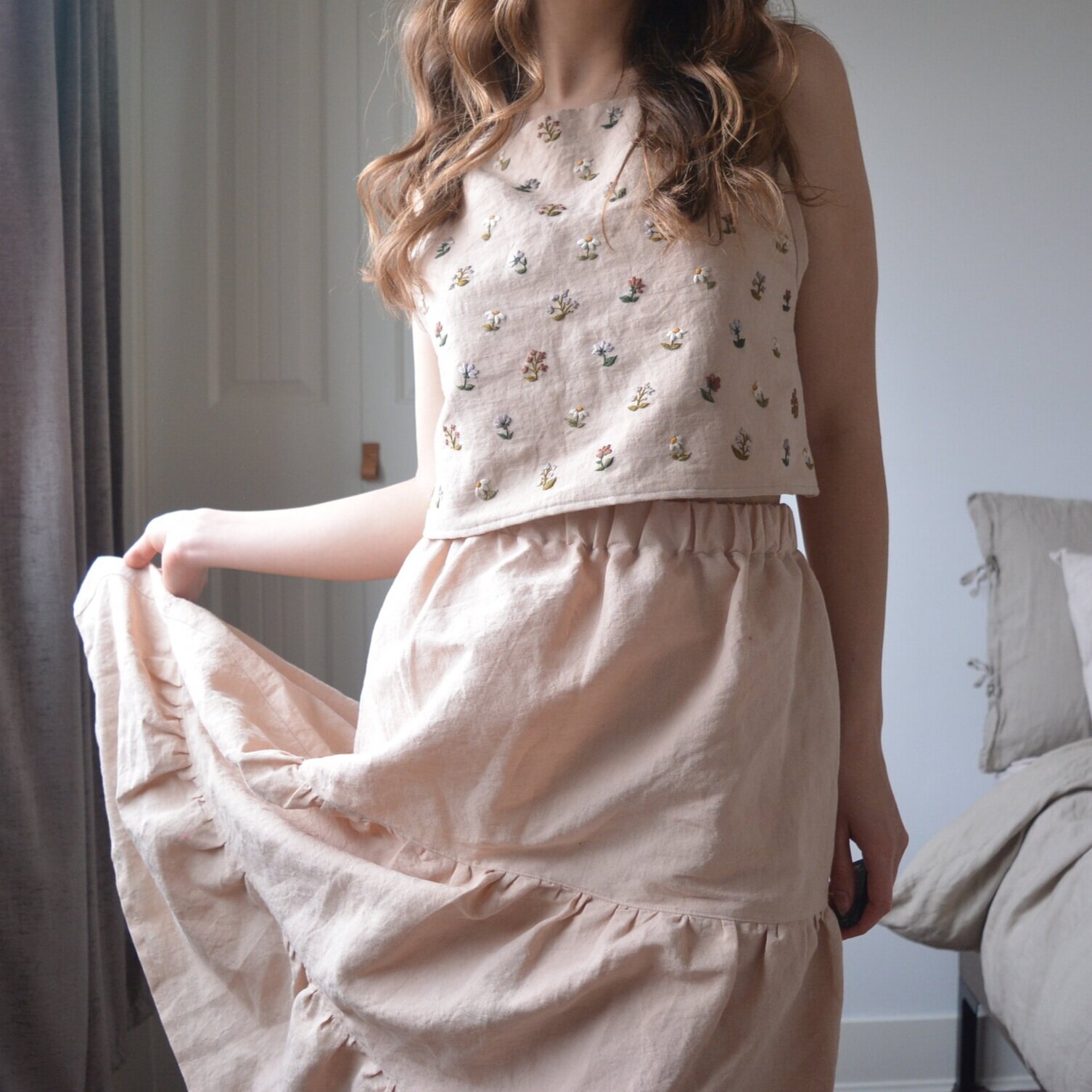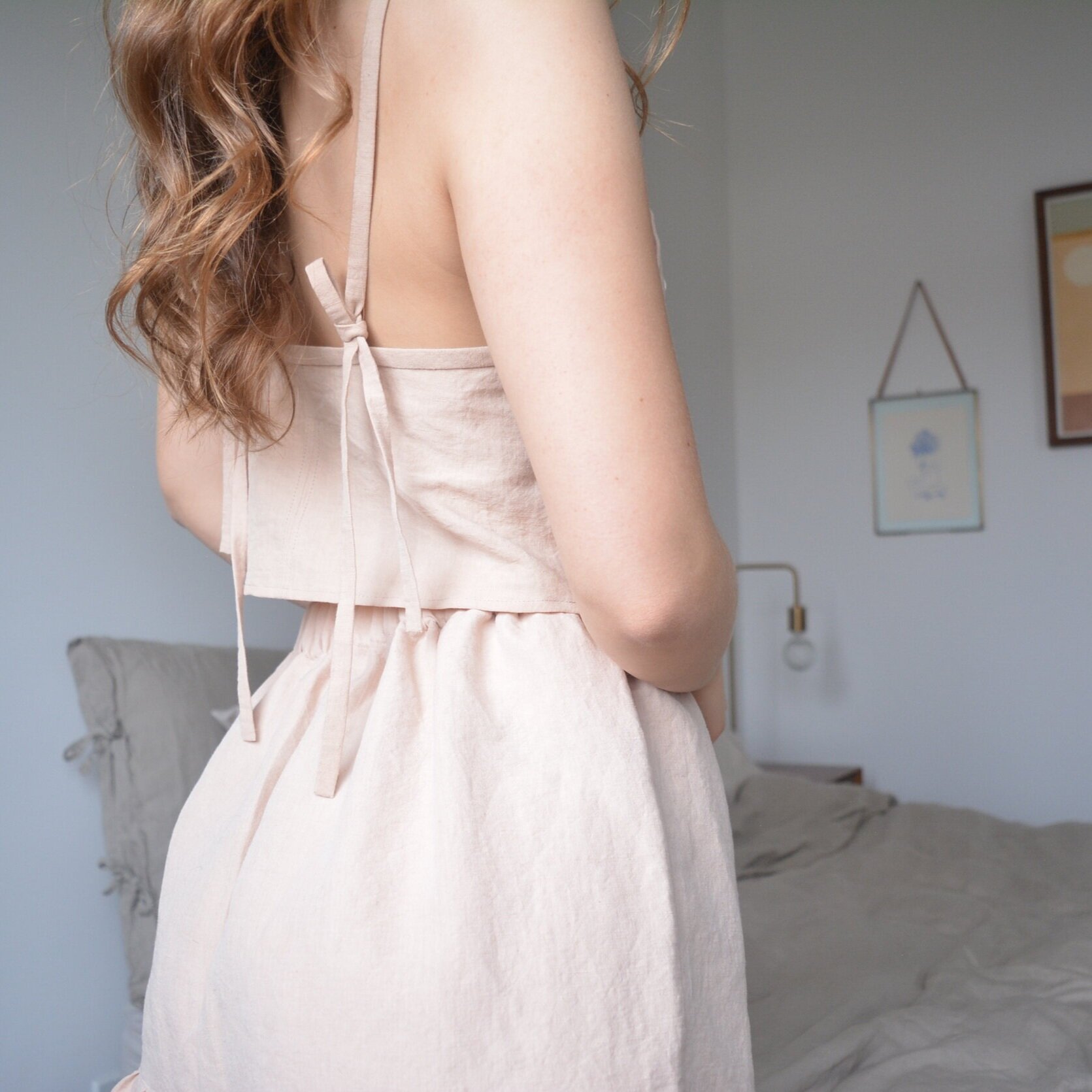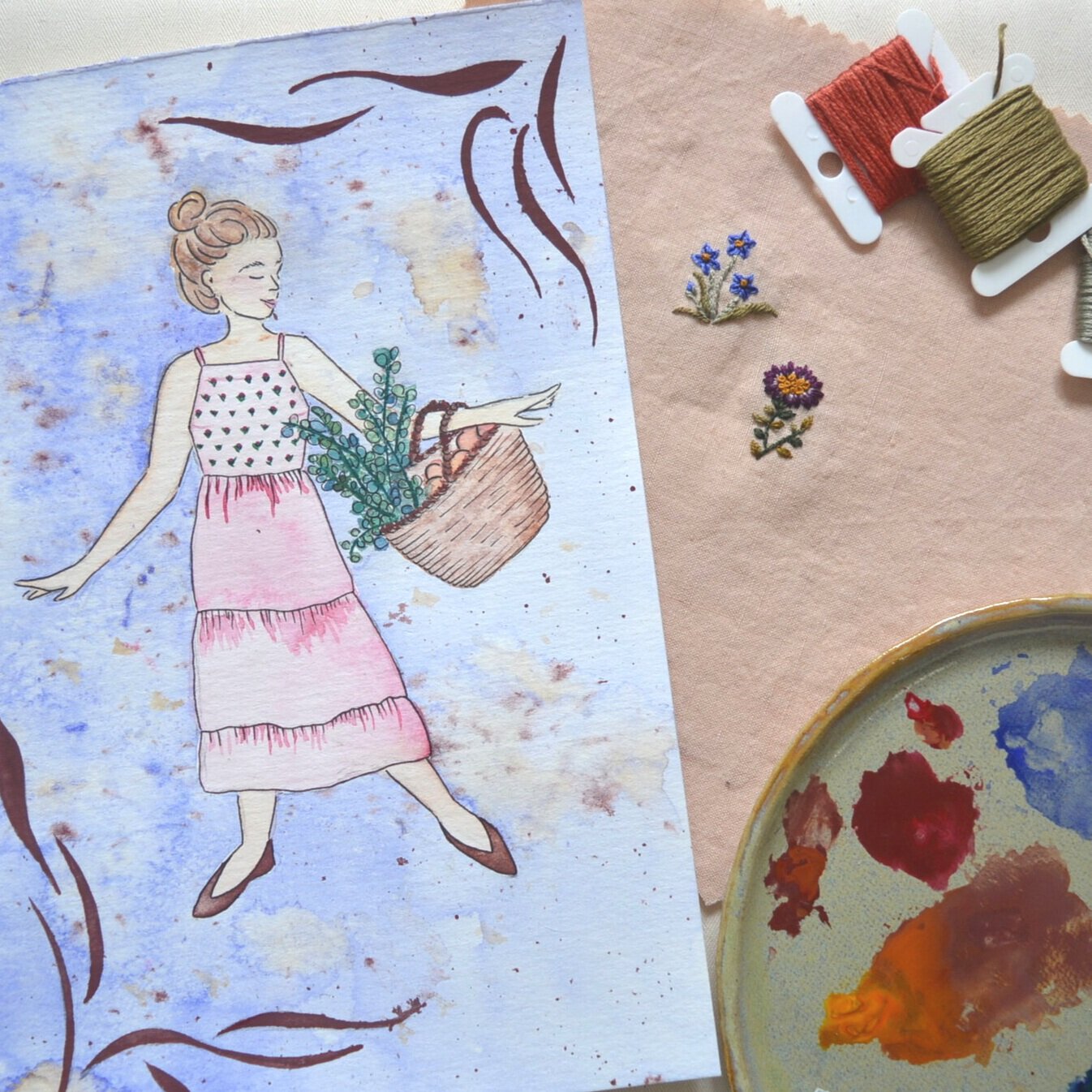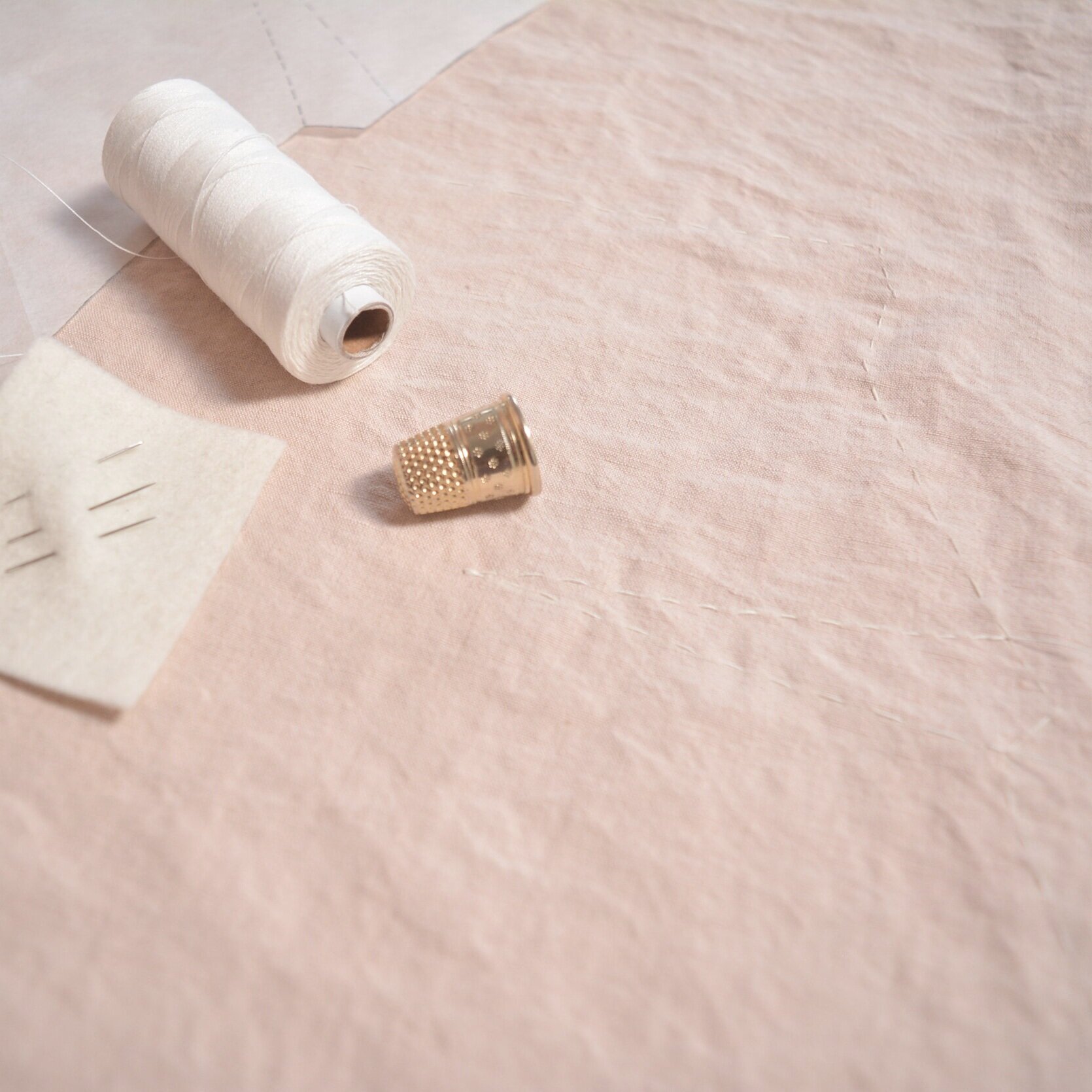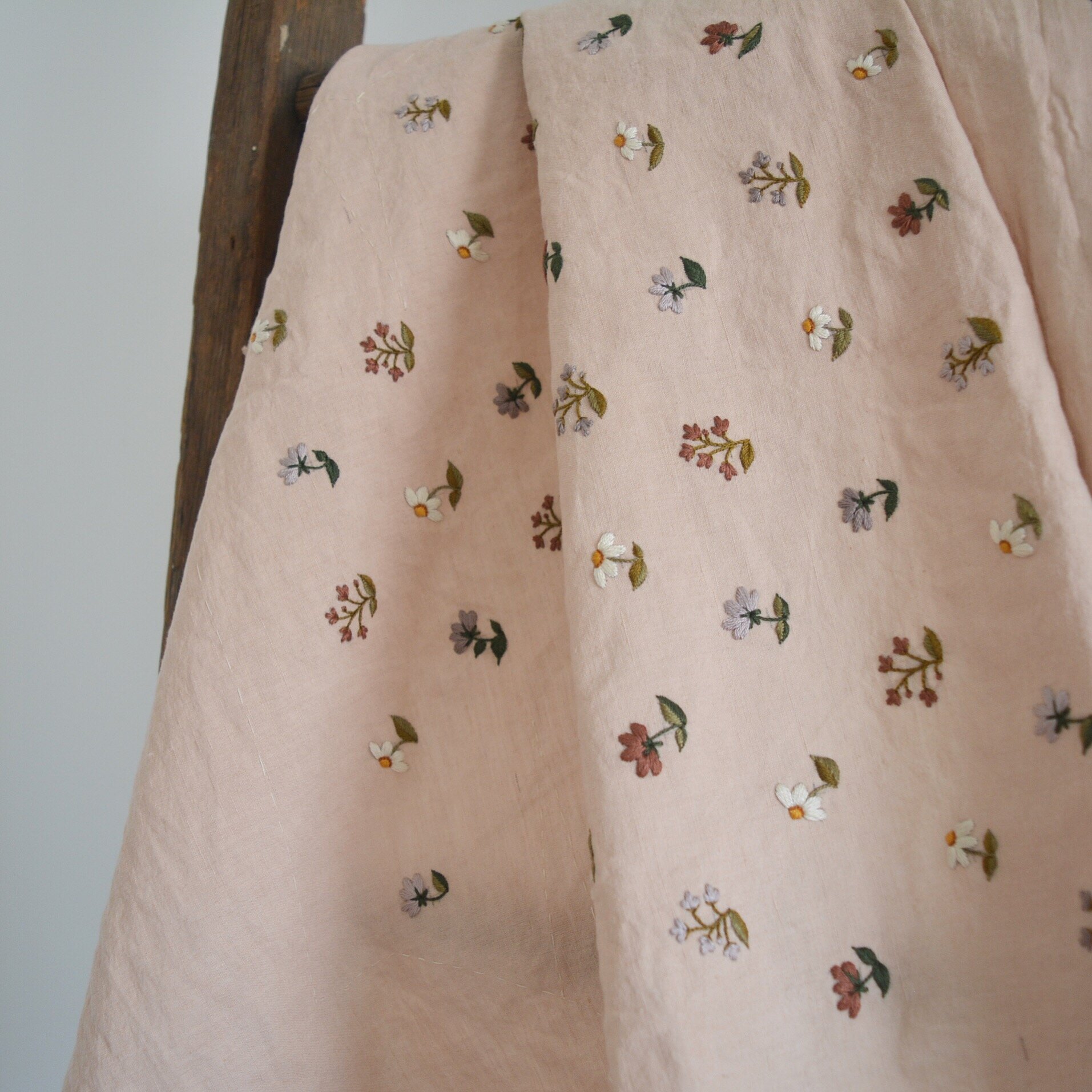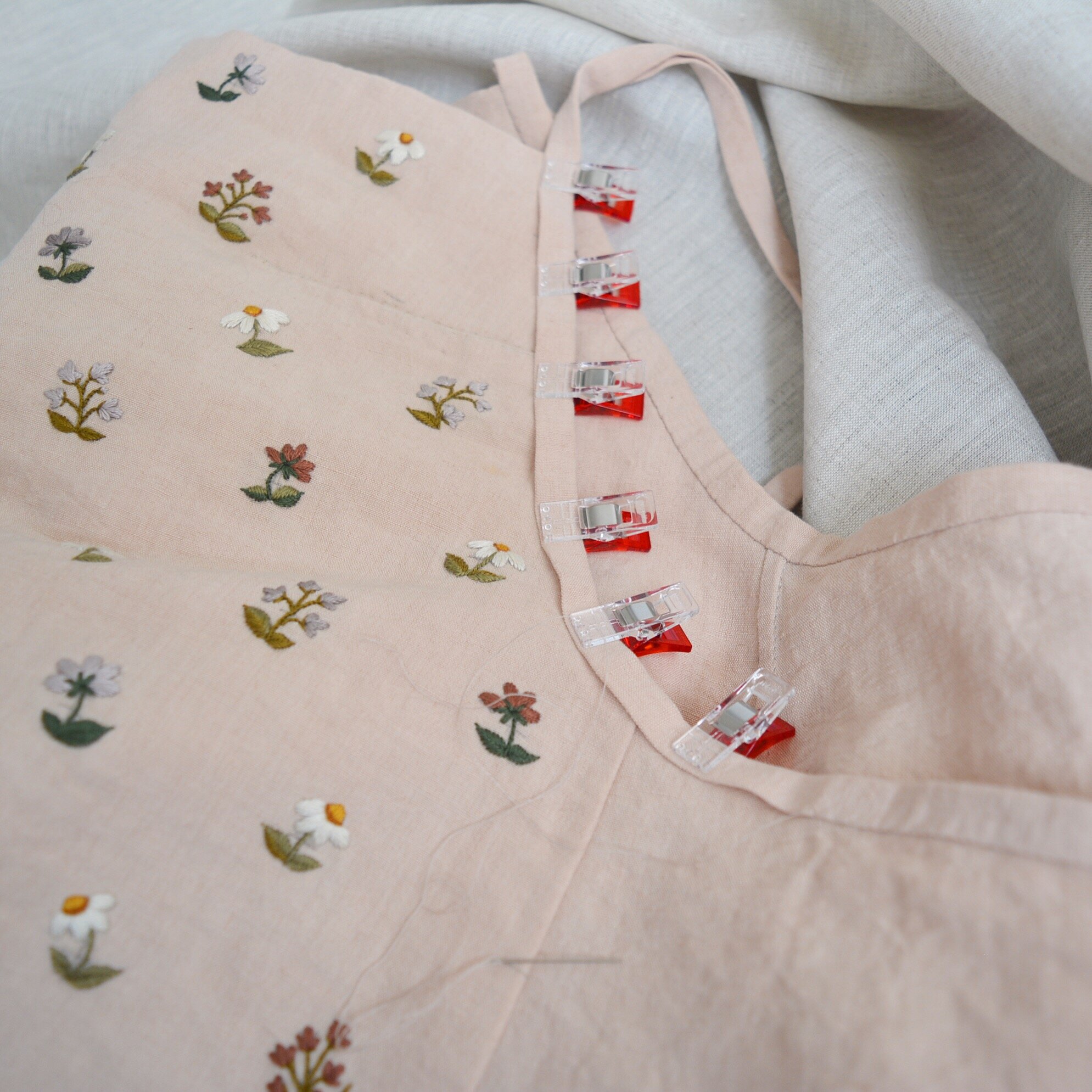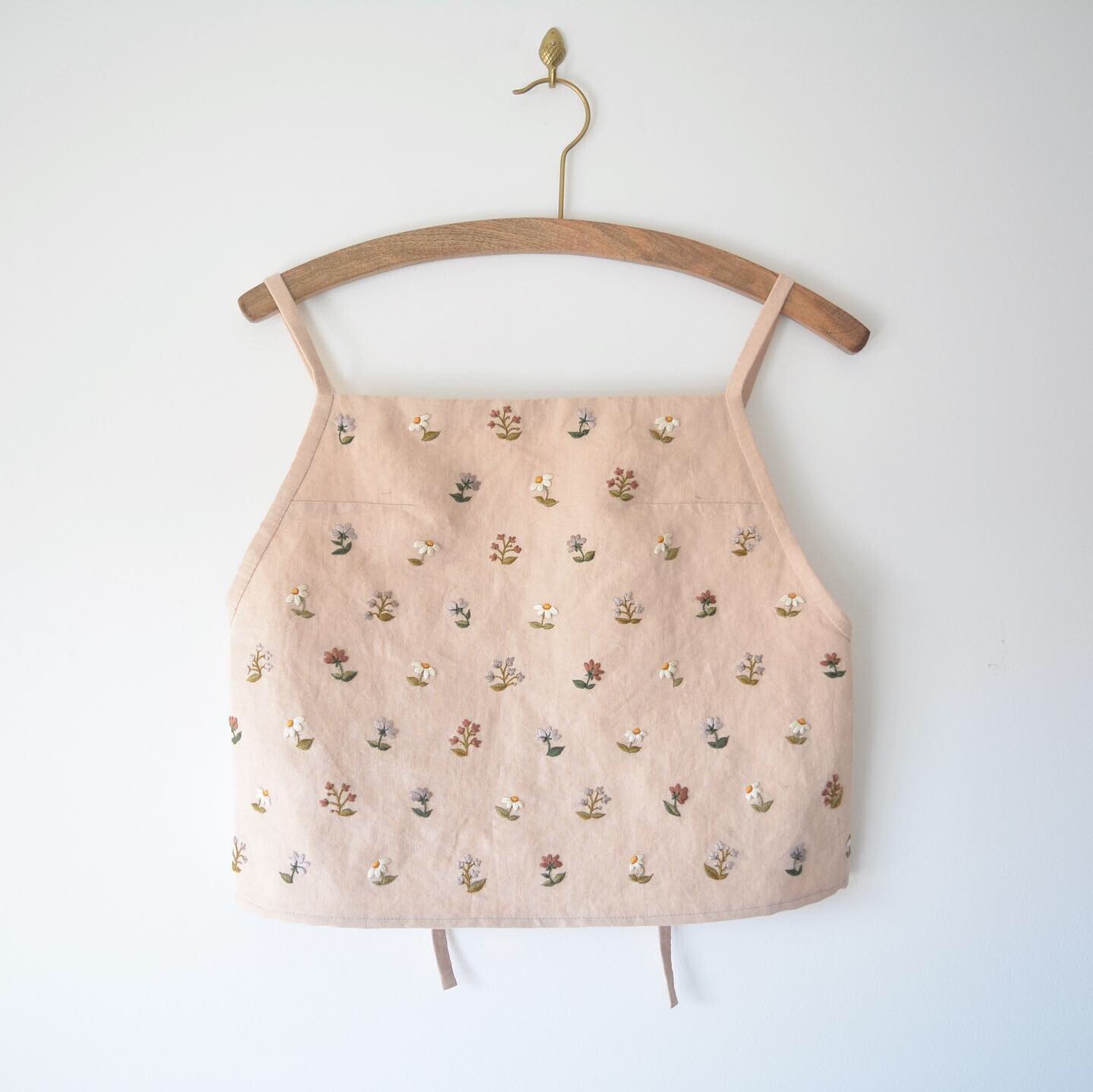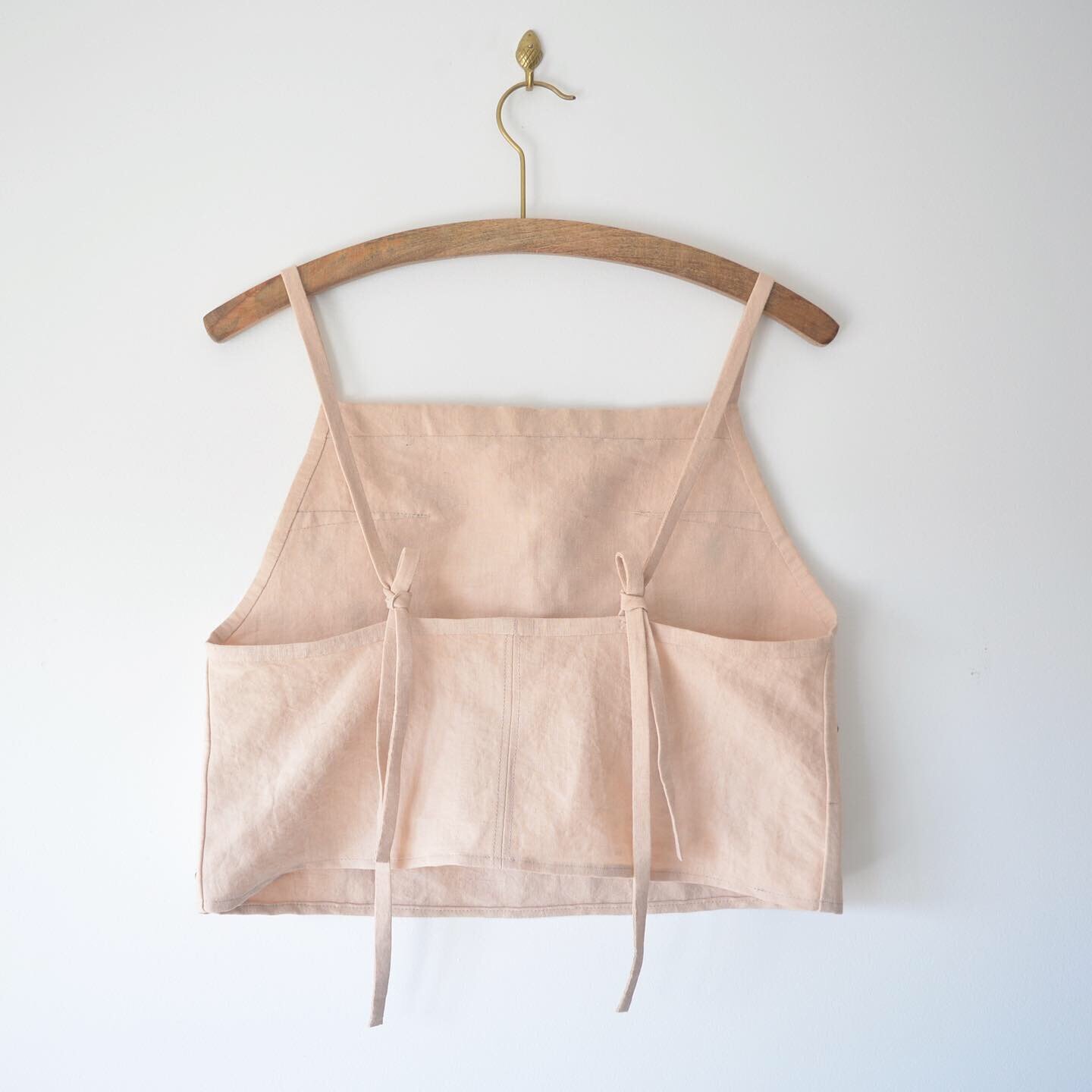An Up-cycled Dinosaur Embroidered Baby Shirt
/Some links in this blog post may be affiliate links. This means if you click through and purchase the product, I earn a small commission at no additional cost to you. Thank-you.
My first make for our coming baby boy! Right away when friends and family started finding out that we were expecting I started getting asked if I I’m planning on making all of my baby’s clothes, and I always have to answer that I’m definitely not! I spend so much time on each piece that I make, so I end up only completing a handful of projects a year, and that just won’t work for a growing baby. But I have been excited to make a couple special things to welcome him into the world. It’s one of the things that has been helping me to relax and prepare mentally.
So my first make has been a little butter yellow henley style t-shirt, embroidered with the sweetest little dinosaurs. The fabric I used is from a shirt I thrifted a few months ago that I didn’t love the fit of. Unfortunately the thrift store near me decided to permanently keep their change rooms closed after they closed them in 2020, and sometimes it’s hard to get the sense of how something will fit by just holding it up. I missed the exchange period and so I wanted to upcycle the shirt into something I would get to use. The fabric is a linen rayon blend, it’s very soft, and it was just enough to cut a baby shirt from.
I used a PDF pattern I found on Etsy: the Miguel Shirt from a shop called costurinha sewing patterns. The pattern includes a long and short sleeve option, and sizes for baby’s and kids. I made this one in the smallest size, the 3 month size, but I’m hoping to get some more use from this pattern in the future. I think a colour-blocked version of it would be really fun as well. The only change I ended up making to the pattern was to add a seam down the back piece. I was using that shirt I thrifted, so I didn’t have enough fabric to cut the entire back piece as one, but I actually love the seam. I don’t think it looks out of place at all and it was what got me thinking about that colour-blocked version.
The dinosaur embroidery pattern is from the Love Embroidery magazine, originally printed in issue 15, but after that issue they added it to their free pattern archive online. I’ll link to the pattern below, which is a design for the magazine by Jessie Newton. It was such a quick and easy one for such a cute touch to this shirt. I used one of my favourite methods for transferring the pattern: I traced it with pencil onto some water soluble sew-on interfacing (affiliate link), and then basted that interfacing onto the shirt before stitching. The interfacing just rinses away when you are done stitching.
I ironed this little shirt before taking these pictures but honestly that will be the last time this ever gets ironed. It was so finicky of course! And really I think with linen wrinkles are just a part of the look. I’ve linked everything relevant below, and I can’t wait to share a photo of my little one wearing this when he arrives!
Links:
Miguel Shirt Pattern: costurinha sewing patterns
Little Dinosaurs Embroidery Pattern by Jessie Newton: Love Embroidery Magazine
Wash-away sew-on interfacing (affiliate link)

